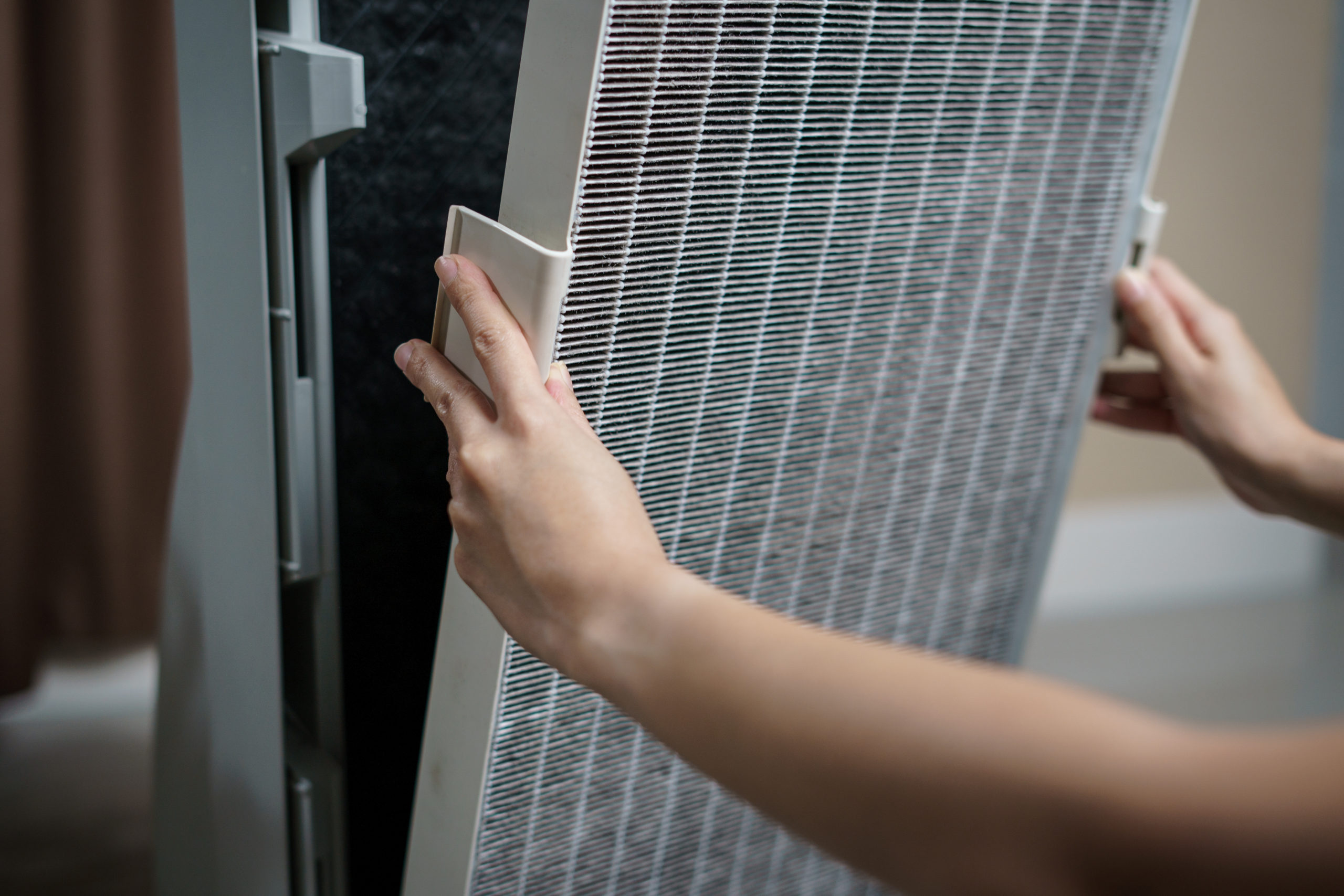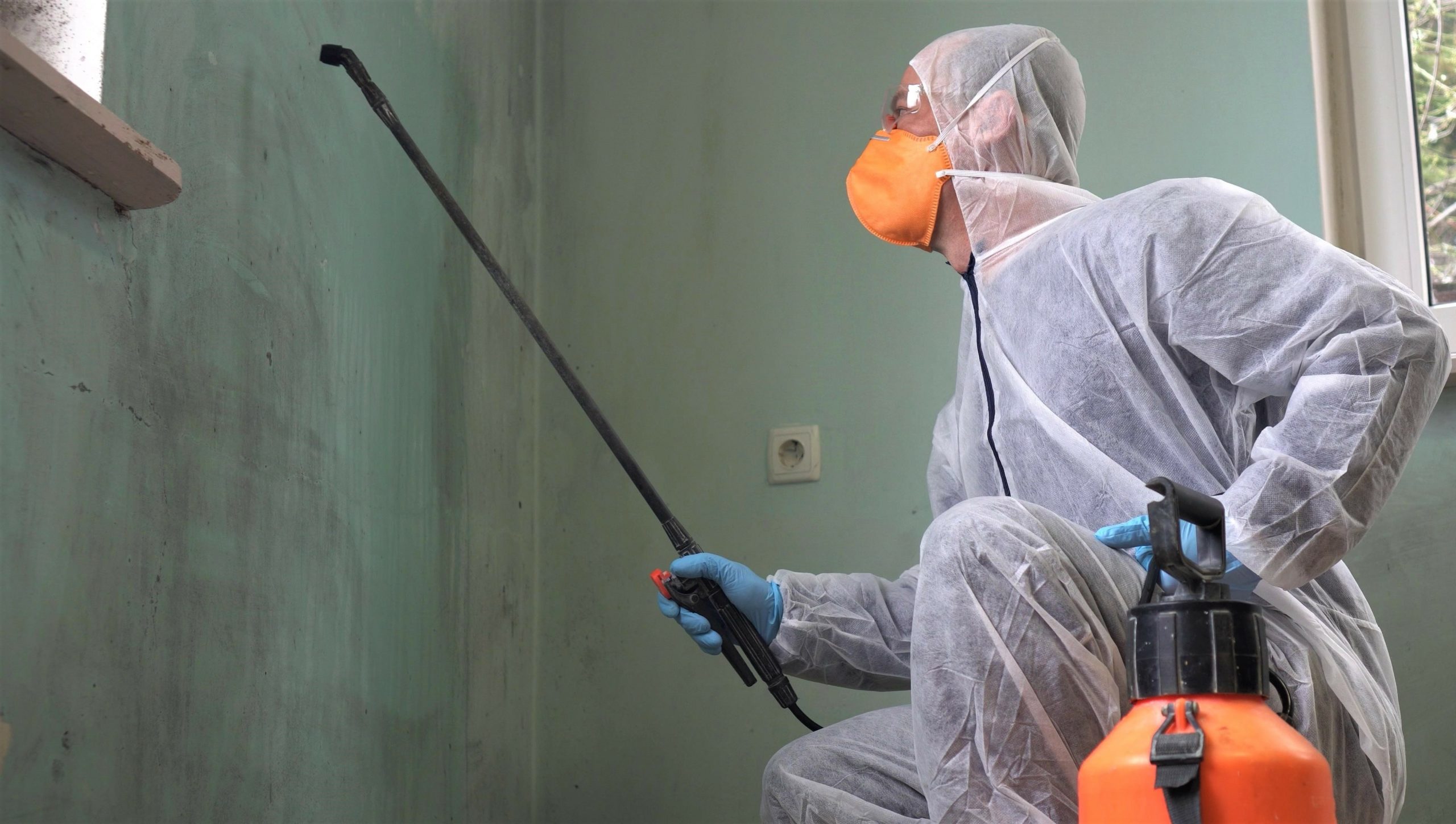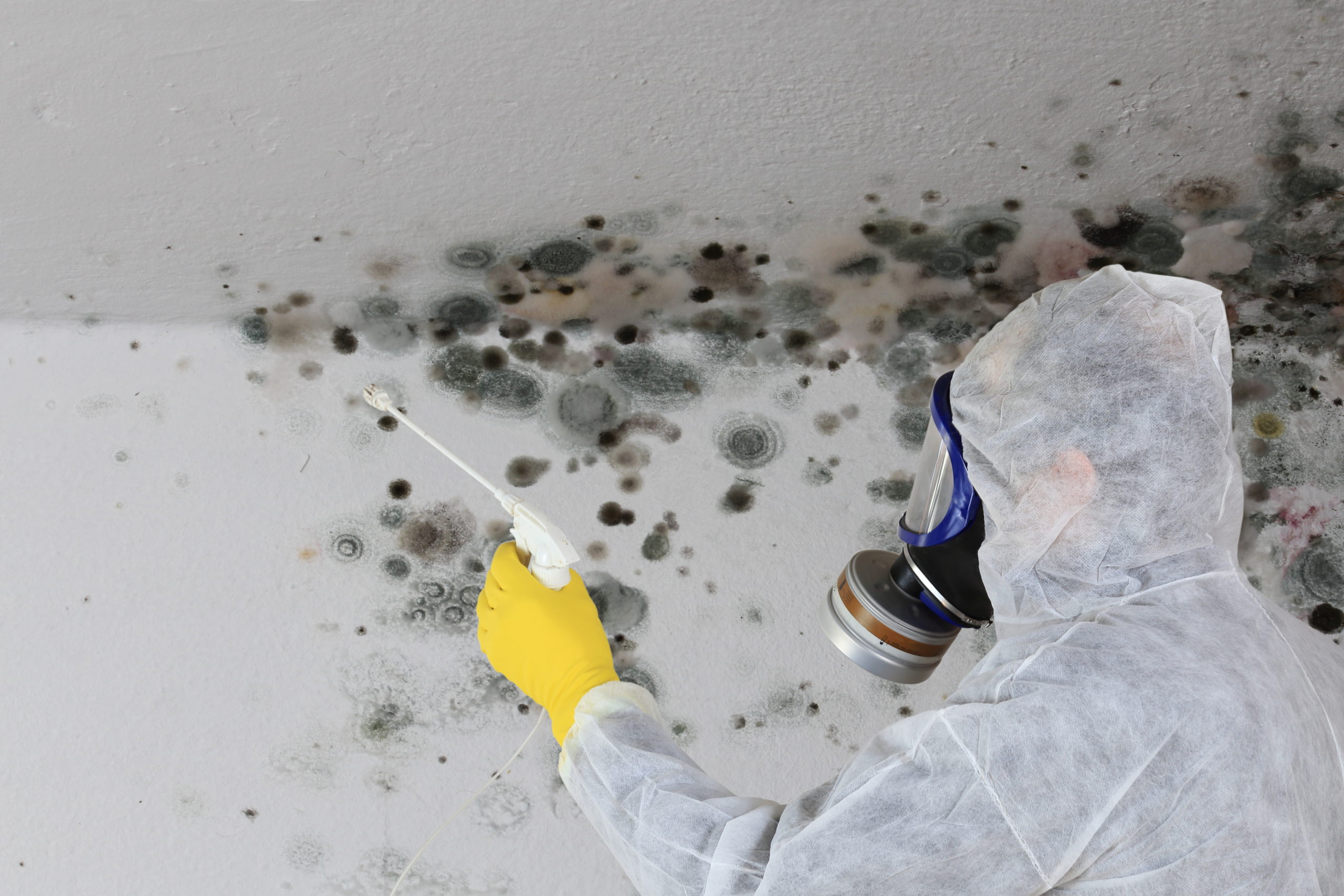As detailed in this article, a microbiologist has created a microbial solution that can change the genetic make-up of antibiotic-resistant bacteria to make them sensitive (and more easily killable with regular antibiotics again.
As detailed in the article below, a microbiologist has created a microbial solution that can change the genetic make-up of antibiotic-resistant bacteria to make them sensitive (and more easily killable with regular antibiotics again.
While this is great news for the healthcare industry, the environmental and infectious disease control aspect becomes more complicated. The formula is designed to be part of a two step process:
- apply traditional anti-bacterial disinfectant to kill as many microbes as possible
- apply new solution to render any remaining bacteria sensitive to antibiotic
The new solution adds a step to the cleaning processes, which adds time and cost to the required processes for each healthcare facility.
We applaud the research, as it represents significant advancement of genetic research that benefits the overall health of humanity, but Modern Cleaning maintains that our chemical free cleaning system remains
- Cleaner ~ as or more effective than traditional disinfecting methods
- Safer ~ free of remnants and residues of toxic disinfectants used in many medical settings and advocated for home use
- Greener ~ in addition to being more indoor and outdoor earth friendly, CFC has the potential to actually reduce the cost of the proposed new solution in application
Beating Superbugs with a High-Tech Cleanser
December 9, 2011
Posted in News, Environmental Hygiene, Cleaning, Environmental Surface Cleaning
Dr. Udi Qimron of the Department of Clinical Microbiology and Immunology at Tel Aviv University’s Sackler Faculty of Medicine has developed an efficient and cost-effective liquid solution that can help fight antibiotic-resistant bacteria and keep more patients safe from life-threatening infections.
The solution is based on specially designed bacteriophages — viruses that infect bacteria — that can alter the genetic make-up of antibiotic-resistant bacteria. “We have genetically engineered the bacteriophages so that once they infect the bacteria, they transfer a dominant gene that confers renewed sensitivity to certain antibiotics,” explains Qimron.
The solution, recently detailed in the journal Applied and Environmental Microbiology, could be added to common antibacterial cleansers used on hospital surfaces, turning resistant bacteria into sensitive bacteria. It’s easy to prepare, easy to apply, and non-toxic, Qimron notes. He estimates that one liter of the growth medium — the liquid in which the bacteriophages are grown — will cost just a few dollars.
The research was done in collaboration with PhD student Nir Friedman, lab technician Shahar Mor, and Dr. Rotem Edgar of the Ichilov Medical Center.
Certain antibiotics are designed to target and bind to a part of the bacteria cell called a ribosome — the protein factory of the cell. But after continual and frequent exposure to antibiotics, the bacteria “learn” to change components in the ribosome itself so that the antibiotics are unable to bind.
Qimron and his colleagues set out to determine whether they could make resistant bacteria sensitive to antibiotics again by re-introducing a component of the ribosome, a gene called rpsL, which restores bacteria’s sensitivity to antibiotics.
“Our novel approach relies on an effective delivery process and selection procedure, put on the same platform for the first time,” says Qimron. With this system, the sensitive bacteria takes over the ecological niche once occupied by the resistant bacteria. And if a patient does happen to become infected by lingering bacteria anyway, traditional antibiotics can again be used as an effective treatment.
Added to cleansers, Tellurite represents the second step in a two-part process. A Tellurite compound, which is toxic to bacteria, would also be spread on all surfaces to wipe out the bacteria that had not been rendered sensitive, and thus the entire population of the surface bacteria would be sensitized. The combination is designed to first disarm, and then kill dangerous bacteria.
Next, the solution will be tested in pre-clinical animal trials to ensure its safety before being made available for wider use at hospitals. Once its safety is guaranteed, the solution will come in a bottle, says Qimron, and easily added to a bucket or spray.






